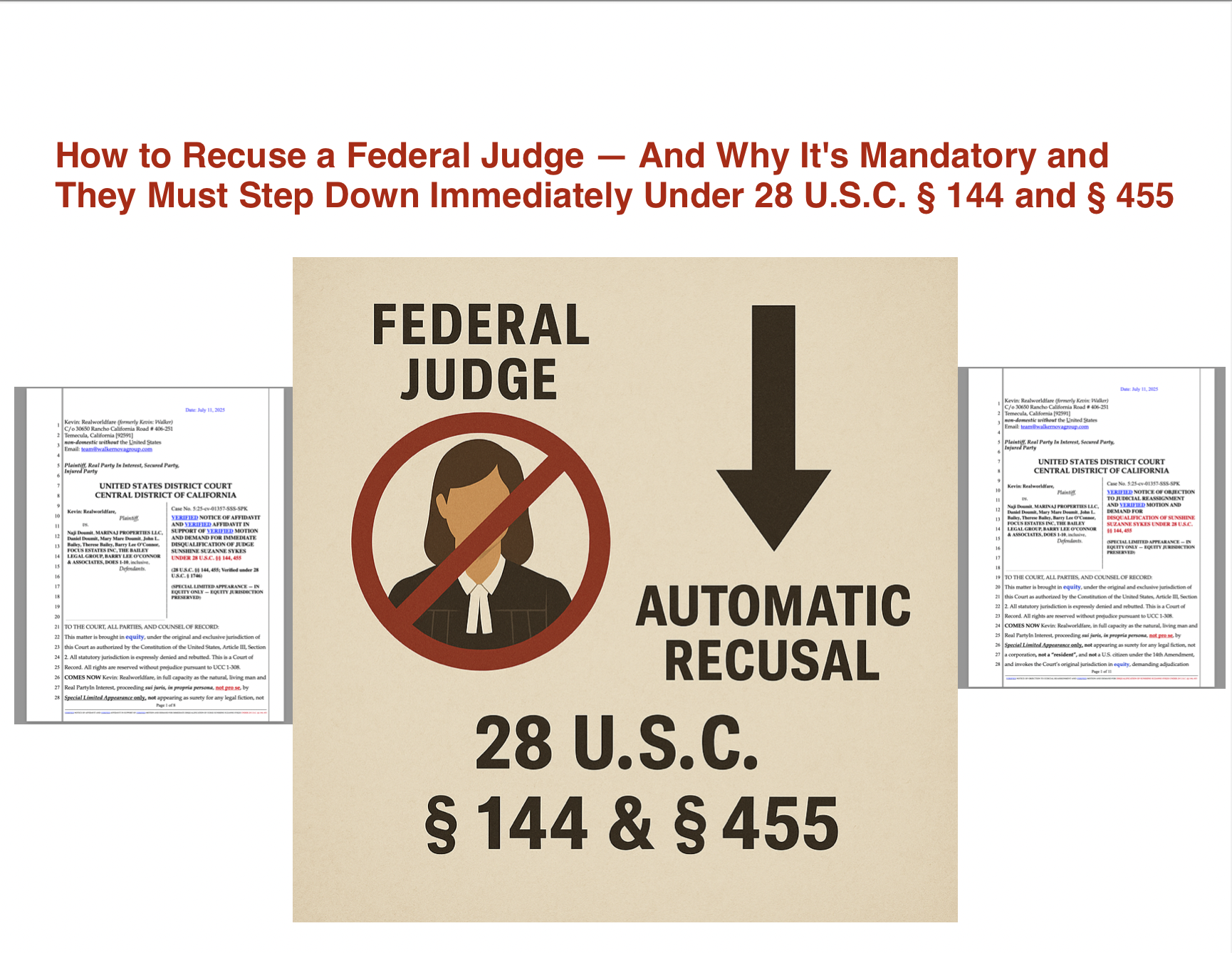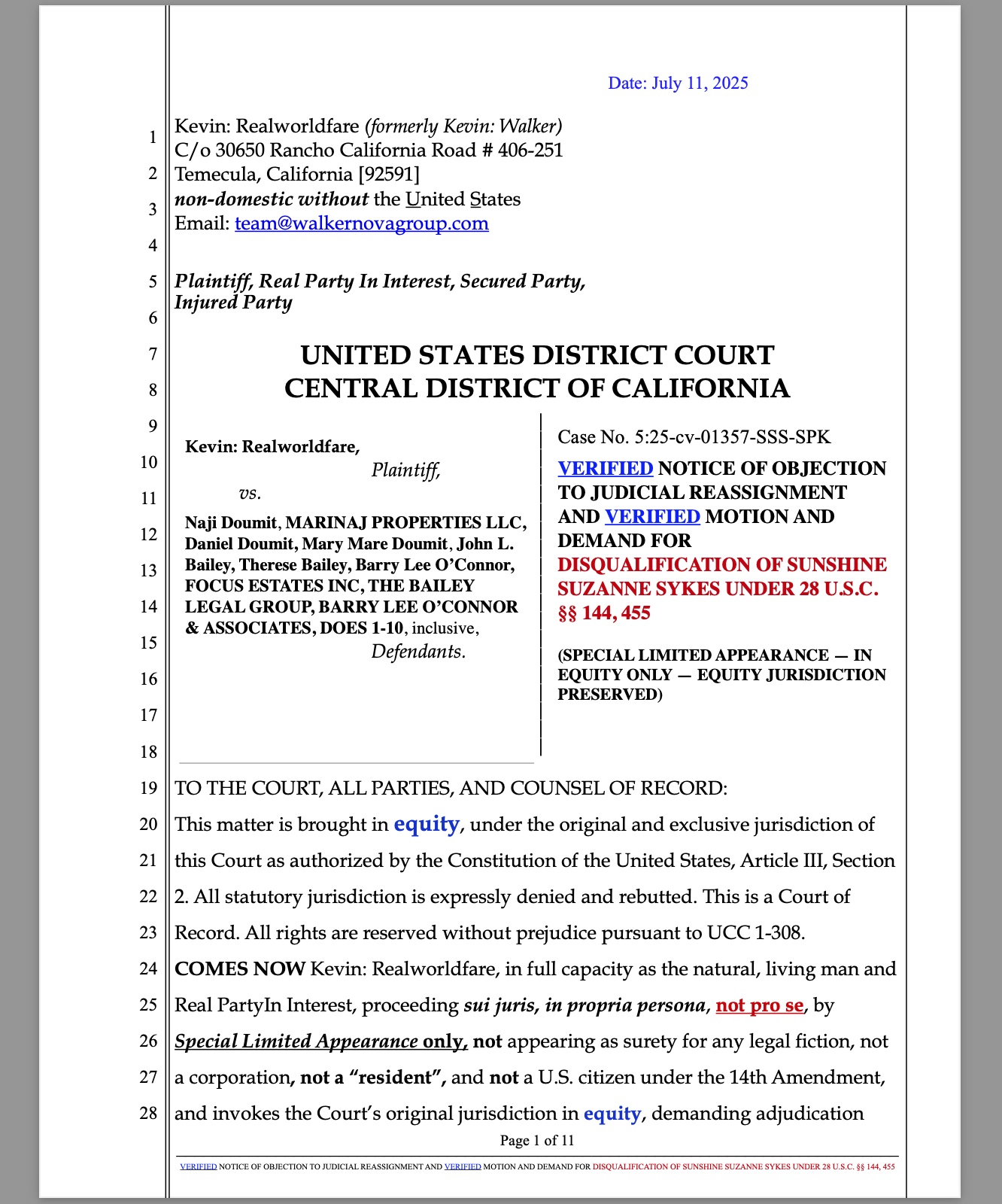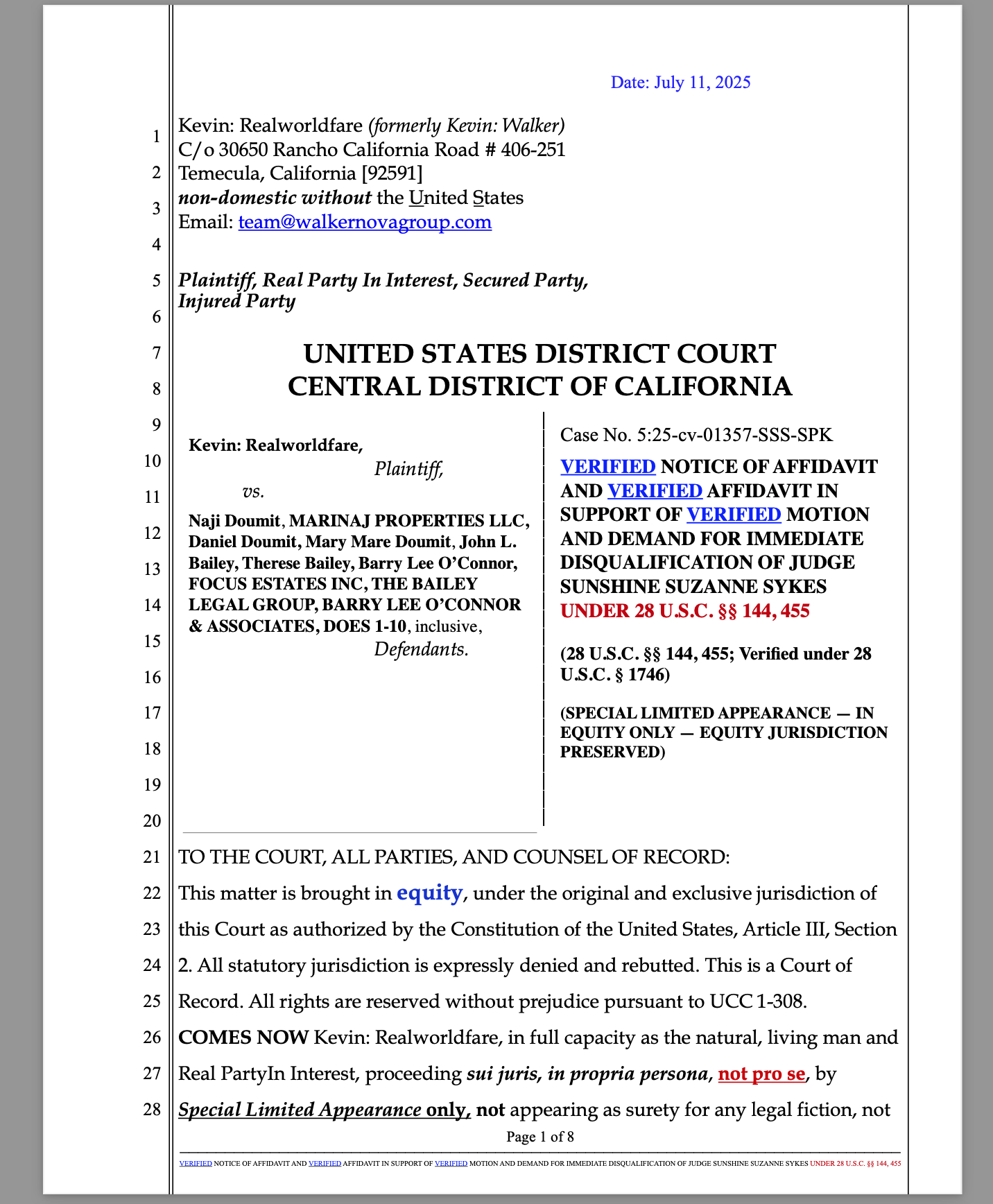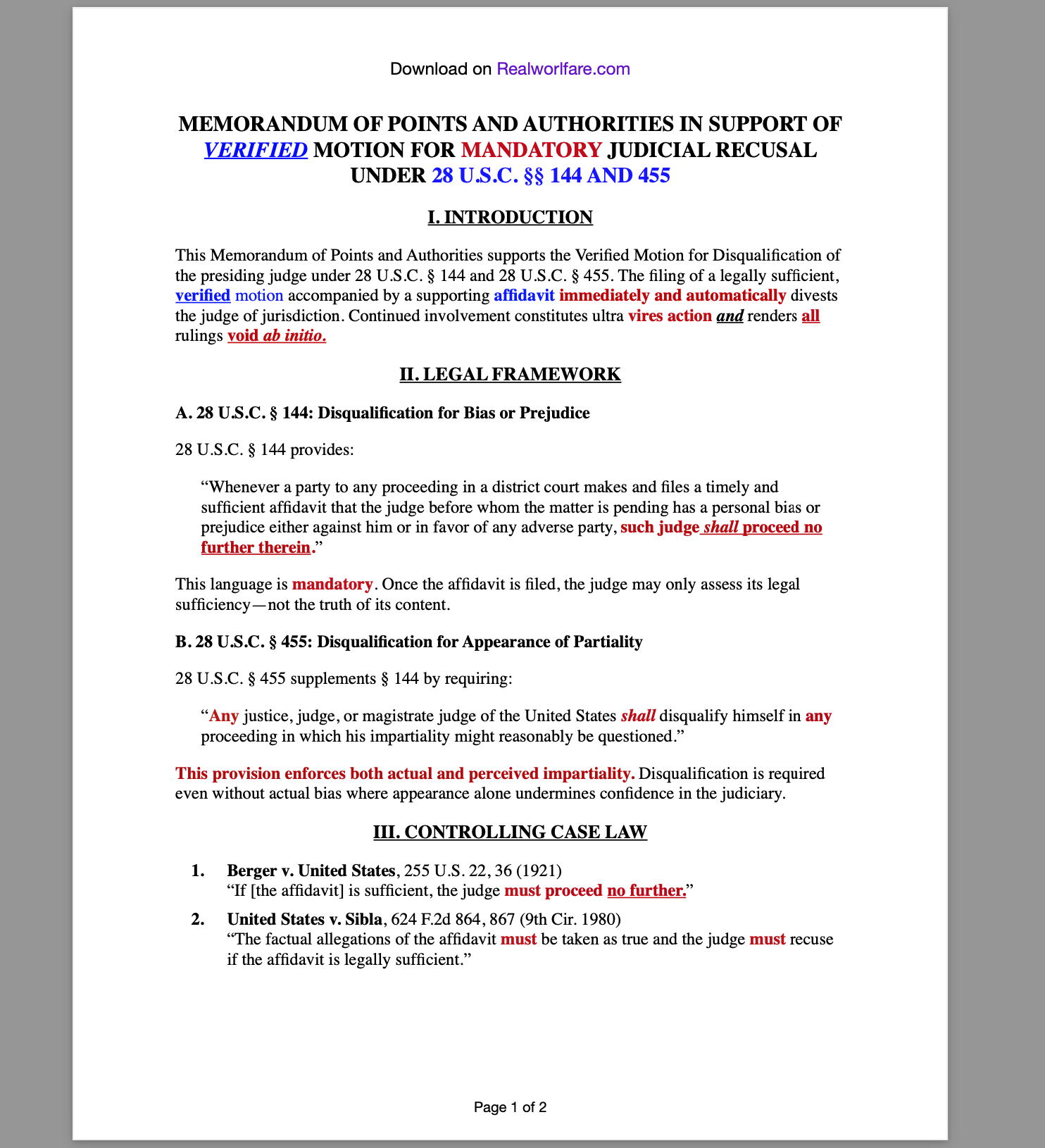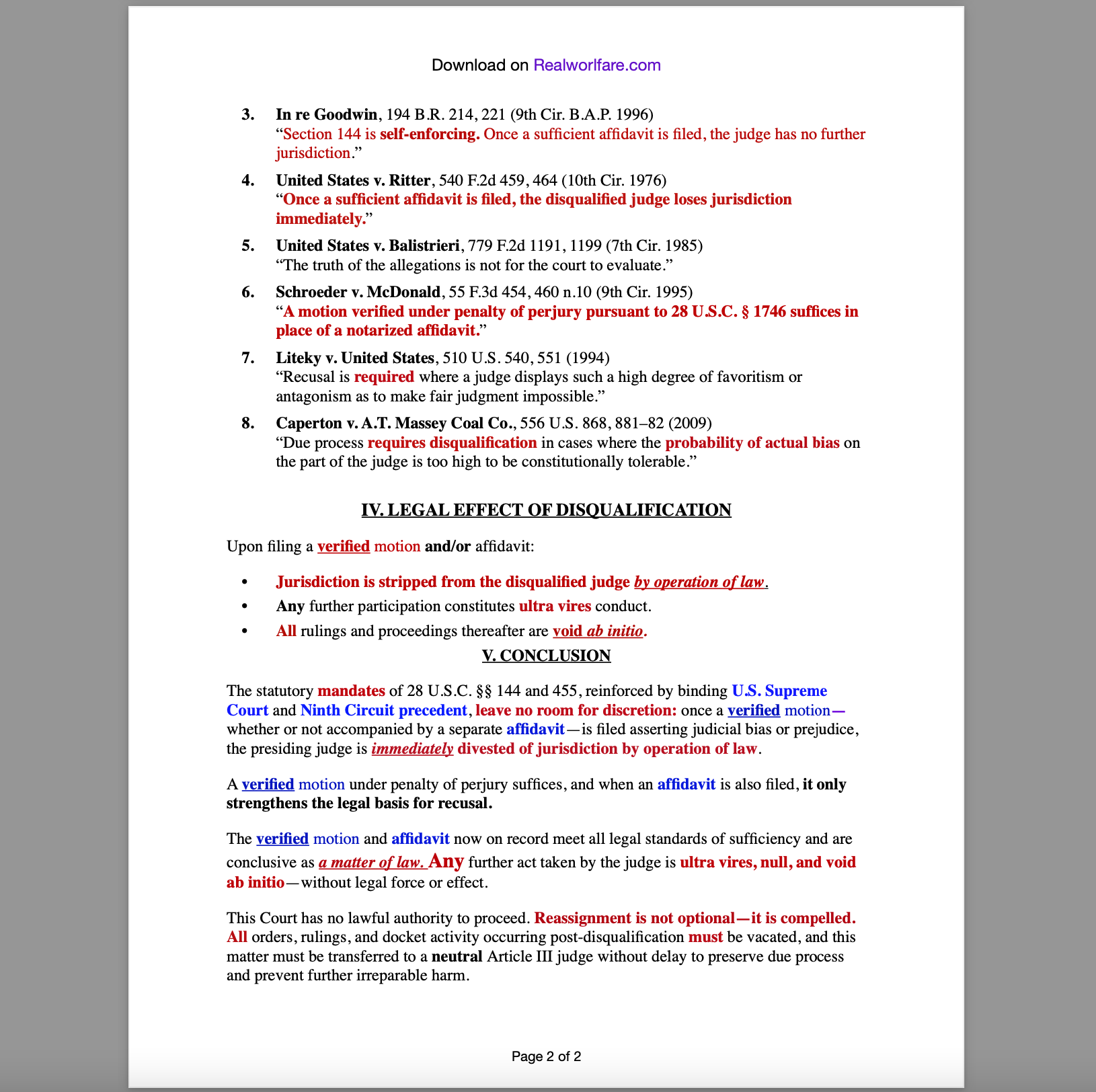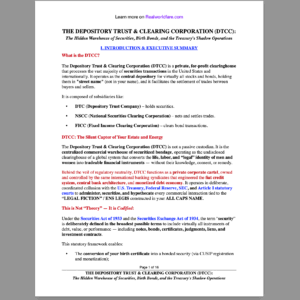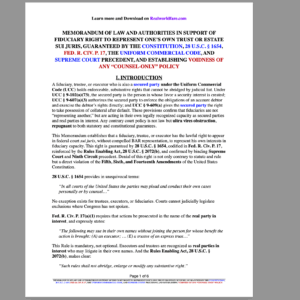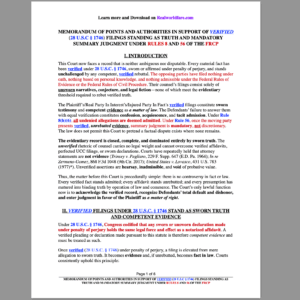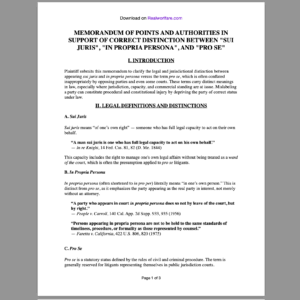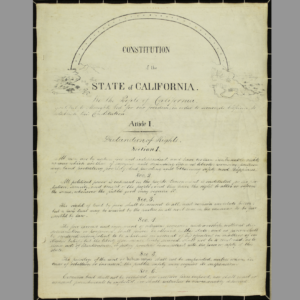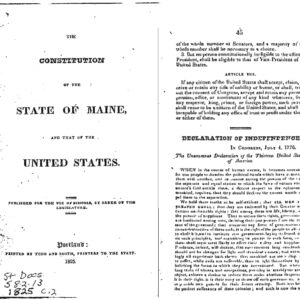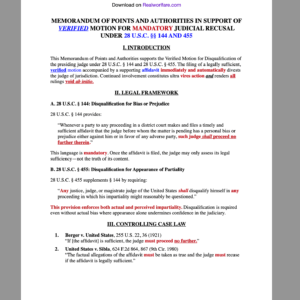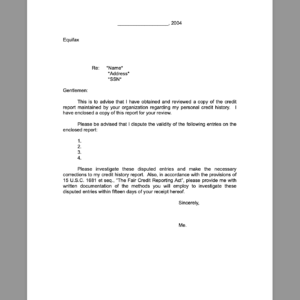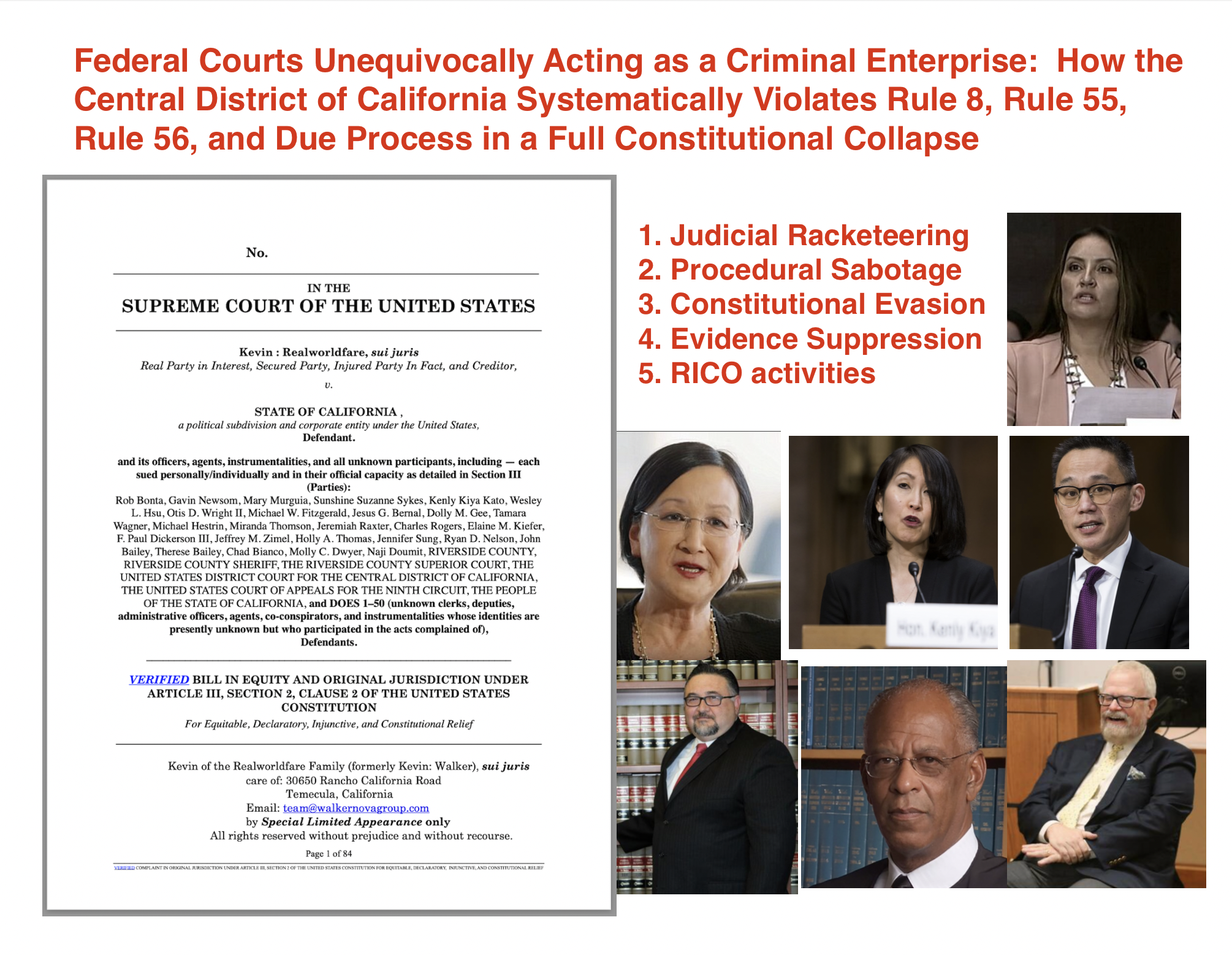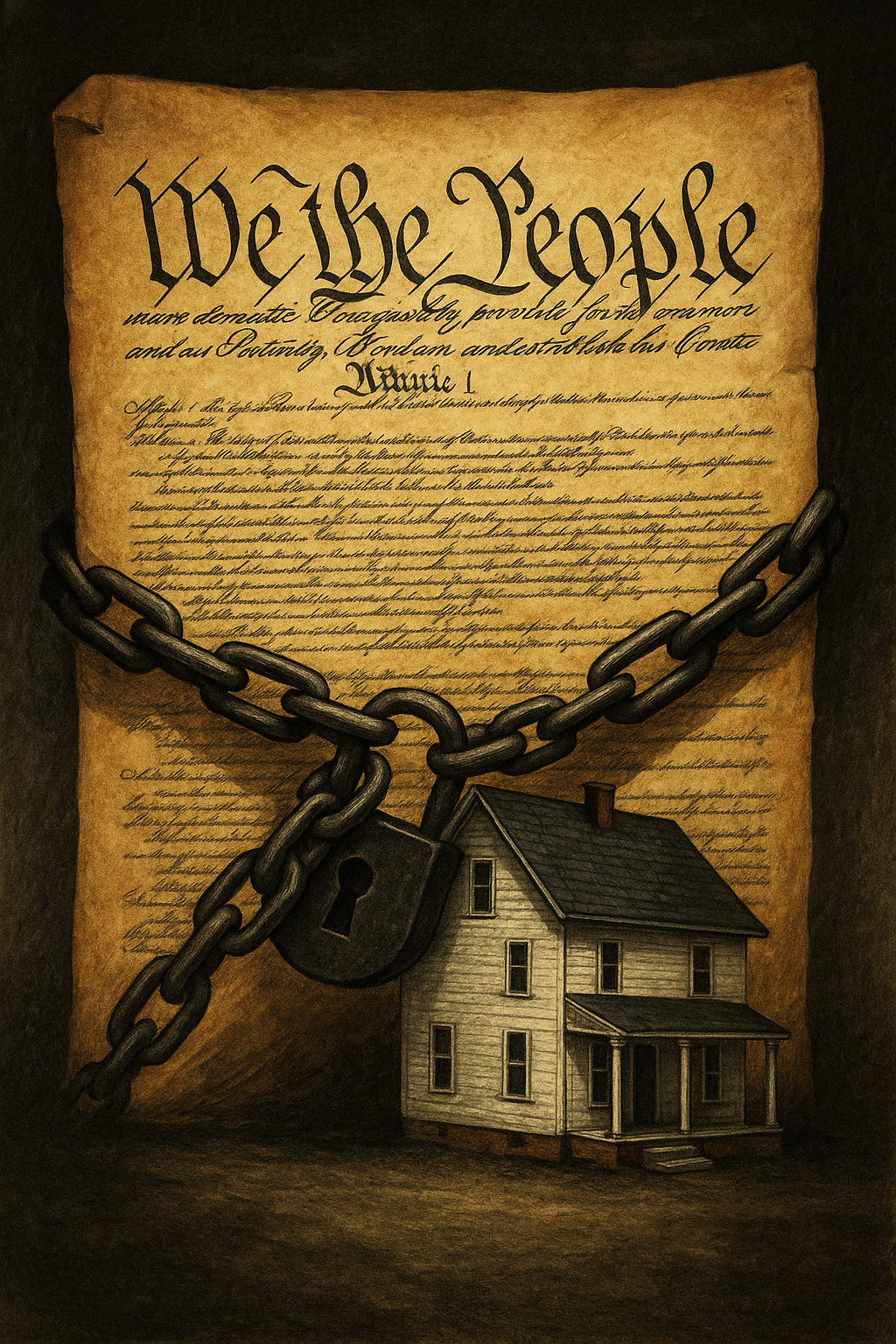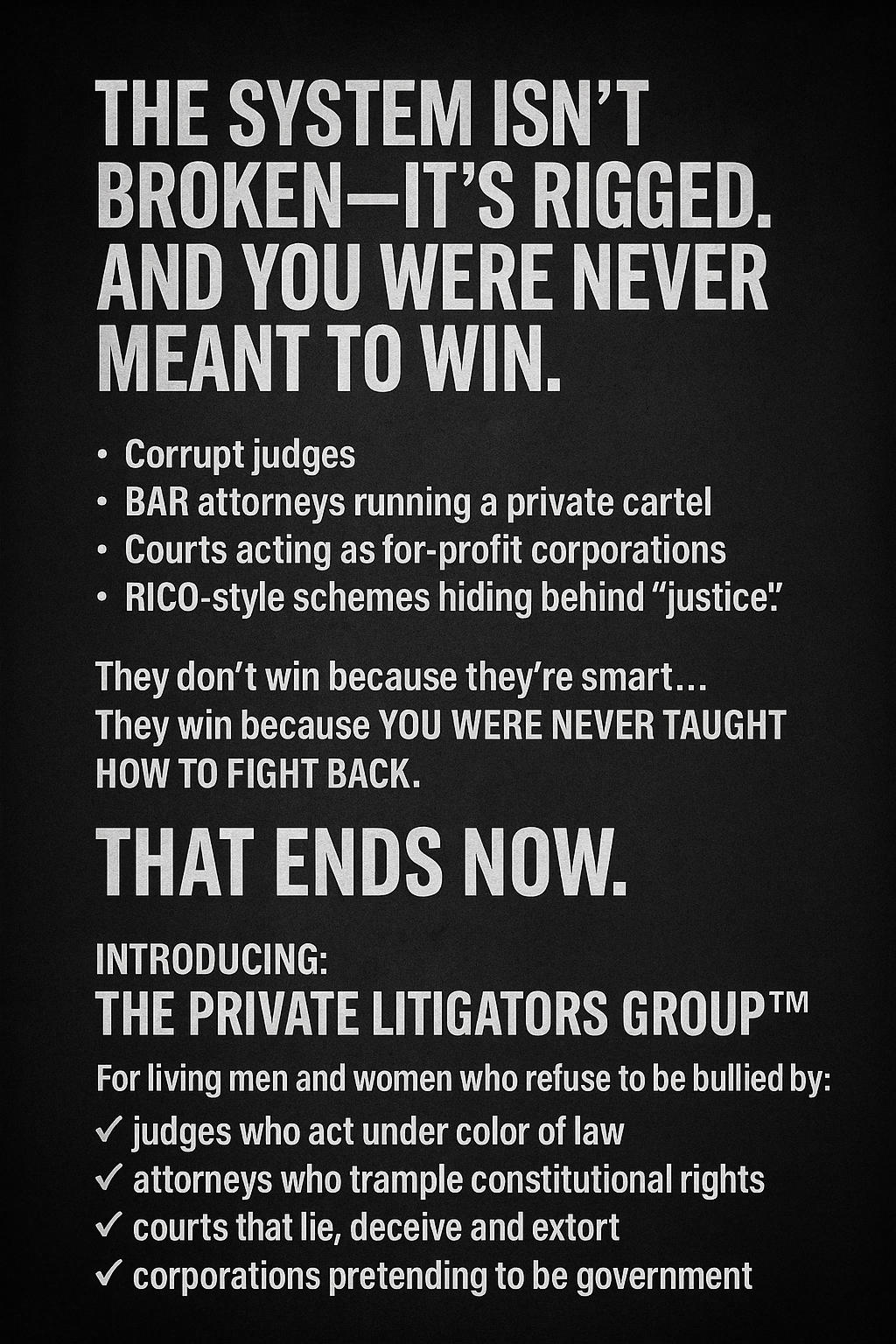When a federal judge displays bias, prejudice, or a conflict of interest, you have the absolute right to recuse them by law. The mechanism is straightforward — but what’s more critical is that once you file a properly verified motion and affidavit, recusal is not optional. It is mandatory, automatic, and jurisdiction-stripping.
✅ Step 1: File a VERIFIED Motion Under 28 U.S.C. § 144
Under 28 U.S.C. § 144, “Whenever a party to any proceeding… makes and files a timely and sufficient affidavit that the judge… has a personal bias or prejudice… such judge shall proceed no further.”
The key here is the “verified” nature of the motion. You’re not making casual allegations — you are affirming the facts under penalty of perjury. This verified motion must be accompanied by a supporting affidavit — and once both are filed, jurisdiction is terminated by operation of law.
🧾 Step 2: Include an Affidavit of Personal Knowledge
The affidavit must:
-
Be based on personal knowledge
-
State facts showing bias, prejudice, or disqualification
-
Be timely filed (as soon as you become aware of the bias)
Once filed, courts have held the motion must be accepted as true for disqualification purposes. The judge has zero discretion to weigh evidence, debate facts, or “rule on their own bias.”
⚖️ Step 3: Trigger § 455 — Bias, Financial Interest, or Appearance of Impropriety
28 U.S.C. § 455 supplements § 144 by mandating that a judge “shall disqualify himself in any proceeding in which his impartiality might reasonably be questioned.” The standard here is objective — not what the judge feels, but what a reasonable observer would conclude.
This applies to:
-
Personal bias or prejudice
-
Prior involvement in the case
-
Financial interest
-
Appearance of impropriety
-
Family or fiduciary relationships
Once triggered, § 455 disqualification is mandatory.
🚫 What Happens If the Judge Refuses to Step Down?
If the judge continues to rule on the case after being recused by law:
-
Every ruling is void ab initio (from the beginning)
-
They are acting ultra vires (without lawful authority)
-
They can be subject to mandamus proceedings, § 1983 liability, and even criminal referrals for fraud, obstruction, or deprivation of rights under color of law.
Case law is devastatingly clear:
“The judge shall proceed no further.”
— Berger v. United States, 255 U.S. 22 (1921)
“The affidavit is strictly construed, and if legally sufficient, it must be accepted as true. The judge may not pass upon the truth or falsity of the facts.”
— United States v. Sibla, 624 F.2d 864 (9th Cir. 1980)
“If the judge fails to step aside after such a showing, all rulings thereafter are a nullity.”
— Ward v. Village of Monroeville, 409 U.S. 57 (1972)
Controlling Legal Authority Mandating Immediate and Automatic Judicial Disqualification Under 28 U.S.C. § 144
The law is clear: once a proper and timely affidavit is filed alleging bias or prejudice under 28 U.S.C. § 144, the presiding judge is automatically disqualified by operation of law and may not proceed further in the matter. Judicial action beyond that point is void for want of jurisdiction.
⚖️ Binding U.S. Supreme Court and Ninth Circuit Case Law
1. Berger v. United States, 255 U.S. 22, 36 (1921)
“The affidavit is addressed to the judge, but the judge can only pass on its legal sufficiency, not on the truth of its statements. If it is sufficient, the judge must proceed no further, and another judge must be assigned to hear the matter.”
🔹 A judge must accept all facts in the affidavit as true and is automatically disqualified once the affidavit is filed.
2. United States v. Sibla, 624 F.2d 864, 867 (9th Cir. 1980)
“The factual allegations of the affidavit must be taken as true and the judge must recuse if the affidavit is legally sufficient.”
🔹 Recusal under § 144 is mandatory once a sufficient affidavit is filed — not discretionary.
3. In re Goodwin, 194 B.R. 214, 221 (9th Cir. B.A.P. 1996)
“Section 144 is self-enforcing. Once a party files a timely and sufficient affidavit, the judge has no further jurisdiction and must assign the matter to another judge.”
🔹 Any judicial act by a disqualified judge is void ab initio.
4. United States v. Ritter, 540 F.2d 459, 464 (10th Cir. 1976)
“Once a sufficient affidavit is filed, the disqualified judge loses jurisdiction immediately and cannot take any further action in the case.”
5. United States v. Balistrieri, 779 F.2d 1191, 1199 (7th Cir. 1985)
“Section 144 requires only that the affidavit state facts and the reason for the belief that bias or prejudice exists. The truth of the allegations is not for the court to evaluate.”
6. Schroeder v. McDonald, 55 F.3d 454, 460 n.10 (9th Cir. 1995)
“A party need not submit a notarized affidavit where the motion is verified under penalty of perjury pursuant to 28 U.S.C. § 1746.”
🔹 Affidavits do not require notarization; verification under penalty of perjury is legally sufficient.
7. Liteky v. United States, 510 U.S. 540, 551 (1994)
“Recusal is required where a judge displays such a high degree of favoritism or antagonism as to make fair judgment impossible.”
8. Caperton v. A.T. Massey Coal Co., 556 U.S. 868, 881–82 (2009)
“Due process requires disqualification in cases where the probability of actual bias on the part of the judge is too high to be constitutionally tolerable.”
🧨 Bottom Line
If you suspect bias, partiality, or unlawful behavior from a federal judge, you don’t ask permission — you assert your rights. Once you file a verified motion and affidavit under 28 U.S.C. § 144 and § 455, that judge is out.
They are stripped of jurisdiction.
Their rulings are void.
Their refusal to step down is not just unethical — it’s illegal.
If they proceed anyway? File for a Writ of Mandamus in the Court of Appeals. Then hit them with a 42 U.S.C. § 1983 claim. If needed, escalate to a Rule 20 petition before the U.S. Supreme Court.
This isn’t just about your case — it’s about preserving due process, the Constitution, and the integrity of the judiciary.
NEED HELP? Have a budget for your situation? Submit your case:
